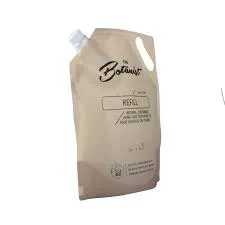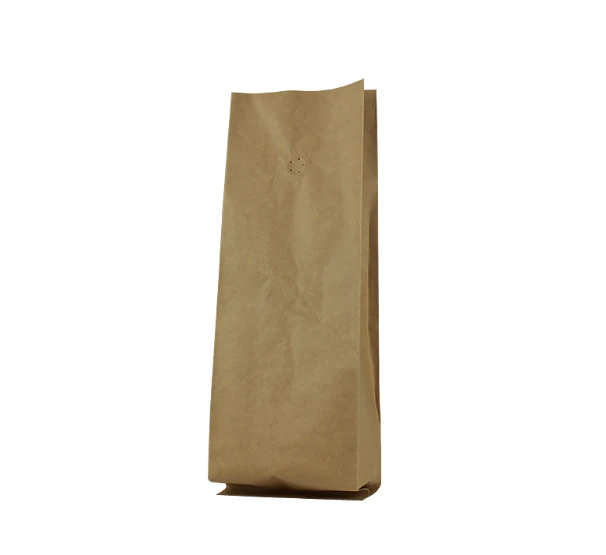- Afrikaans
- Albanian
- Amharic
- Arabic
- Armenian
- Azerbaijani
- Basque
- Belarusian
- Bengali
- Bosnian
- Bulgarian
- Catalan
- Cebuano
- chinese_simplified
- chinese_traditional
- Corsican
- Croatian
- Czech
- Danish
- Dutch
- English
- Esperanto
- Estonian
- Finnish
- French
- Frisian
- Galician
- Georgian
- German
- Greek
- Gujarati
- haitian_creole
- hausa
- hawaiian
- Hebrew
- Hindi
- Miao
- Hungarian
- Icelandic
- igbo
- Indonesian
- irish
- Italian
- Japanese
- Javanese
- Kannada
- kazakh
- Khmer
- Rwandese
- Korean
- Kurdish
- Kyrgyz
- Lao
- Latin
- Latvian
- Lithuanian
- Luxembourgish
- Macedonian
- Malgashi
- Malay
- Malayalam
- Maltese
- Maori
- Marathi
- Mongolian
- Myanmar
- Nepali
- Norwegian
- Norwegian
- Occitan
- Pashto
- Persian
- Polish
- Portuguese
- Punjabi
- Romanian
- Russian
- Samoan
- scottish-gaelic
- Serbian
- Sesotho
- Shona
- Sindhi
- Sinhala
- Slovak
- Slovenian
- Somali
- Spanish
- Sundanese
- Swahili
- Swedish
- Tagalog
- Tajik
- Tamil
- Tatar
- Telugu
- Thai
- Turkish
- Turkmen
- Ukrainian
- Urdu
- Uighur
- Uzbek
- Vietnamese
- Welsh
- Bantu
- Yiddish
- Yoruba
- Zulu
b flute thickness
The Importance of Flute Thickness in Packaging A Comprehensive Overview
When it comes to packaging, particularly in the realm of corrugated cardboard, the flute thickness is a critical factor that significantly influences the overall performance and utility of the packaging material. Understanding flute thickness is essential for manufacturers and businesses alike, as it can affect everything from product protection to shipping costs.
What is Flute Thickness?
In the world of corrugated cardboard, the term flute refers to the wavy layer of paper situated between two flat liners. This flute acts as a structural support system that gives the cardboard its strength, rigidity, and cushioning properties. The thickness of the flute can vary, typically defined by its height; common flute sizes include A-flute (about 5/16 inch), B-flute (about 1/8 inch), and C-flute (about 3/16 inch), among others. The choice of flute thickness will largely depend on the specific needs of the packaging application.
Impact of Flute Thickness on Packaging Performance
1. Strength and Durability Generally, thicker flutes, such as A-flutes, offer superior compression strength, making them suitable for heavier or fragile items. This increased strength can help prevent damage during transportation and storage, ensuring that products arrive at their destinations intact.
2. Cushioning Properties The thickness of the flute contributes significantly to the cushioning capabilities of corrugated cardboard. When packaging fragile items, a thicker flute may provide better shock absorption compared to thinner options. This is particularly important for electronics, glassware, and other delicate goods.
b flute thickness

3. Cost-Effectiveness Businesses need to weigh the cost of packaging materials against their protection capabilities. While thicker flutes may offer better protection, they can also increase material costs and shipping expenses due to their weight and bulk. Therefore, it's crucial to find a balance that meets both the budget and protective requirements.
4. Environmental Considerations In today’s eco-conscious world, many businesses are seeking sustainable packaging solutions. Thinner flutes, while less robust, may reduce the amount of raw materials used in production, making them a more environmentally friendly choice. Additionally, lighter packages can lead to lower transportation emissions.
5. Customization and Aesthetics The flute thickness also plays a role in the overall appearance and branding of the packaging. Thinner flutes can allow for more intricate printing, leading to better aesthetic appeal. For businesses looking to enhance their product presentation, the choice of thickness can have a substantial impact.
Choosing the Right Flute Thickness
Selecting the appropriate flute thickness is not a one-size-fits-all decision. It requires careful consideration of several factors, including the weight and fragility of the product, shipping conditions, cost constraints, and environmental impact. Businesses are encouraged to conduct thorough research and, if necessary, consult with packaging specialists to determine the best flute thickness for their specific needs.
In conclusion, understanding flute thickness is essential for optimizing packaging performance. Whether you are a manufacturer, distributor, or retailer, acknowledging the significance of flute size can lead to better product protection, cost savings, and enhanced sustainability. By making informed decisions regarding flute thickness, businesses can ensure they meet both their operational requirements and customer expectations, ultimately leading to greater satisfaction and success in the marketplace.













